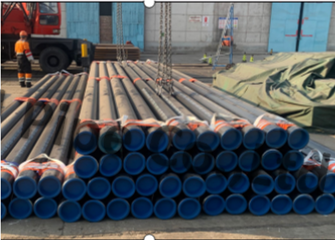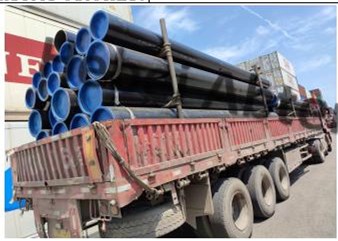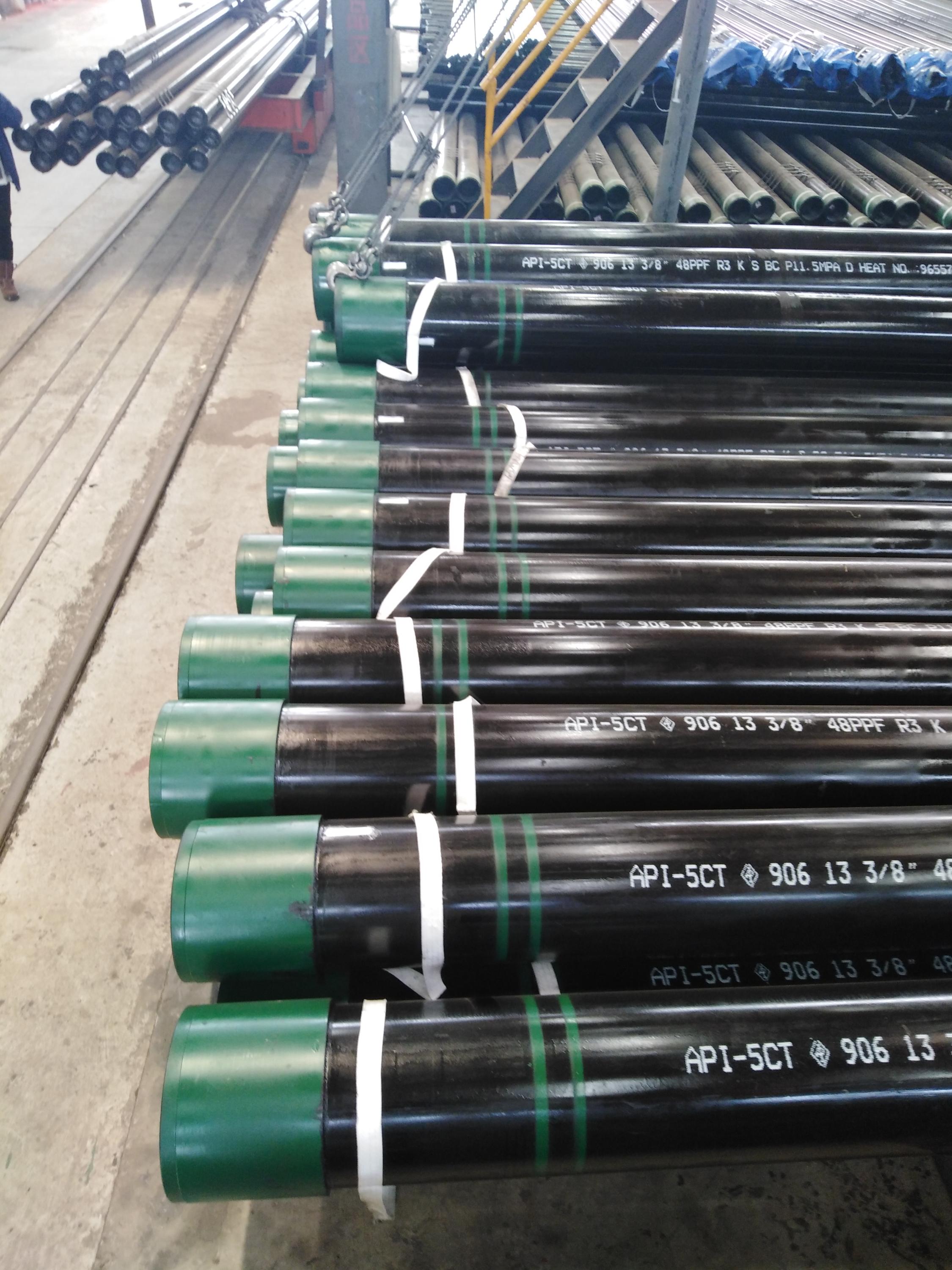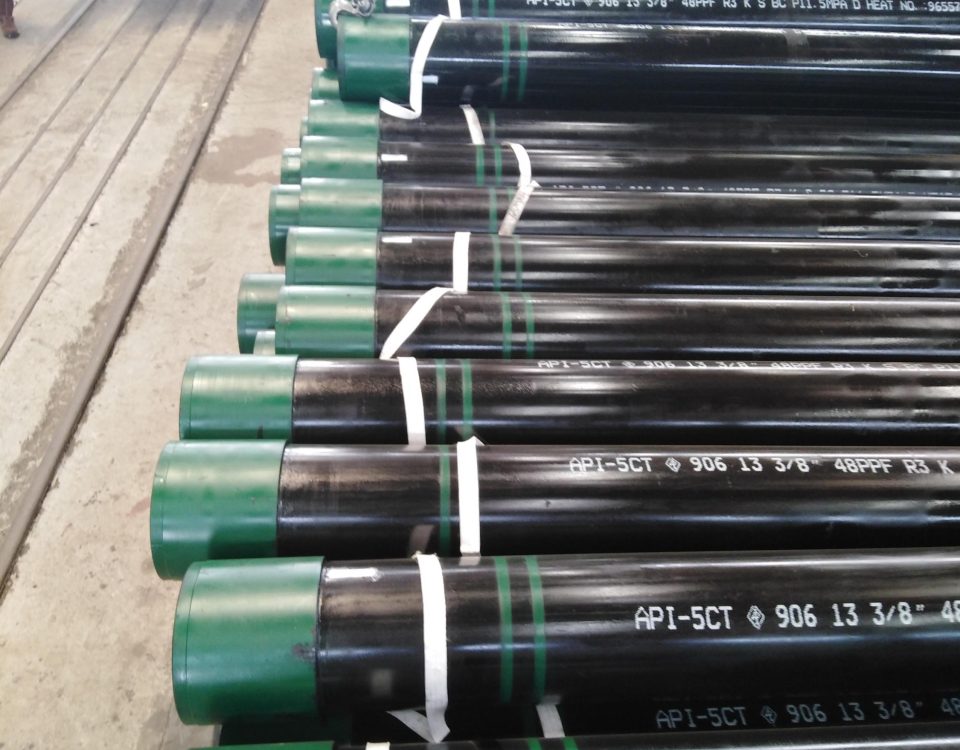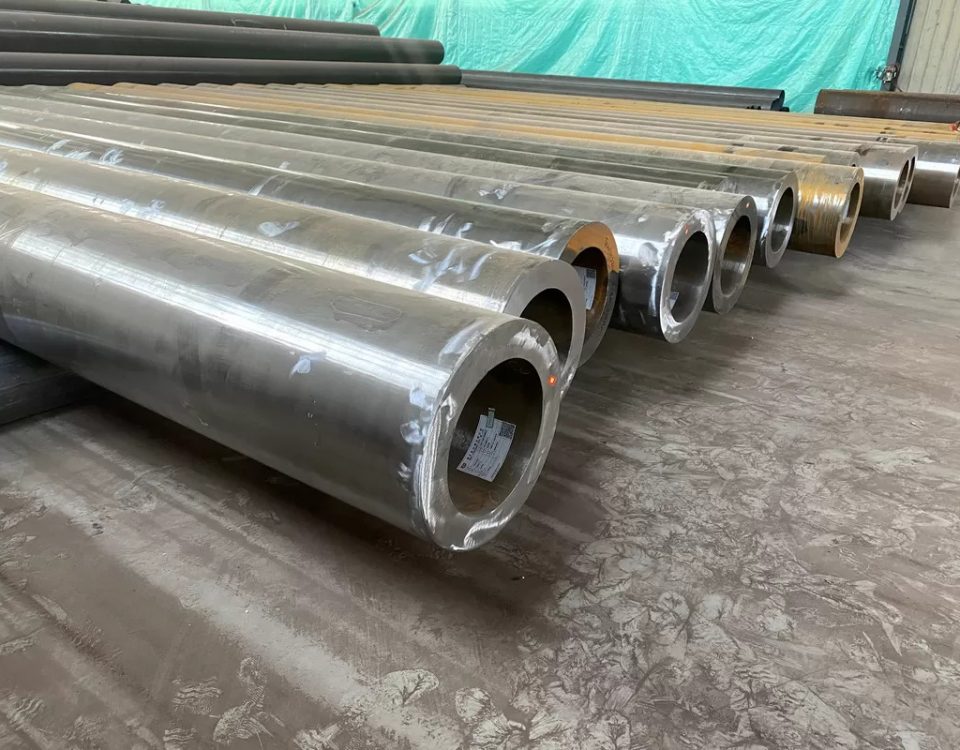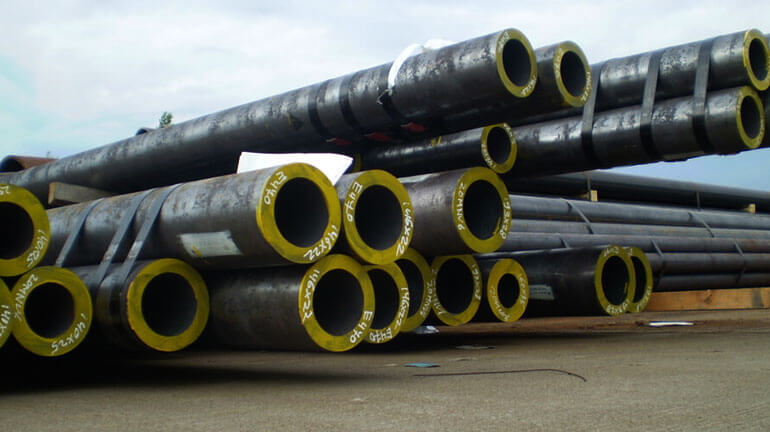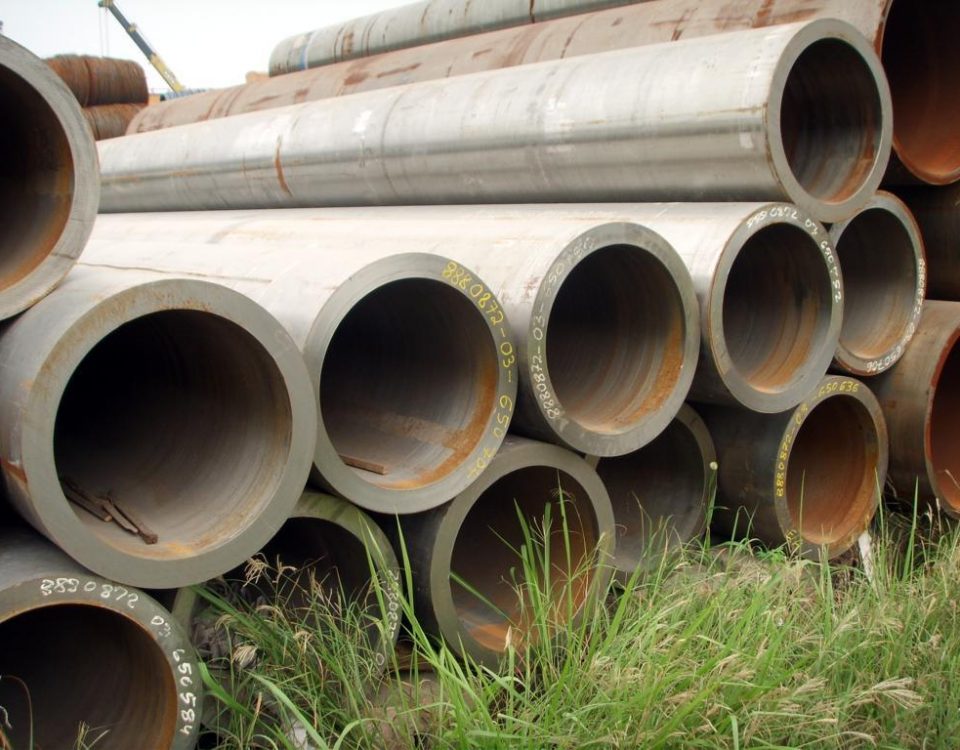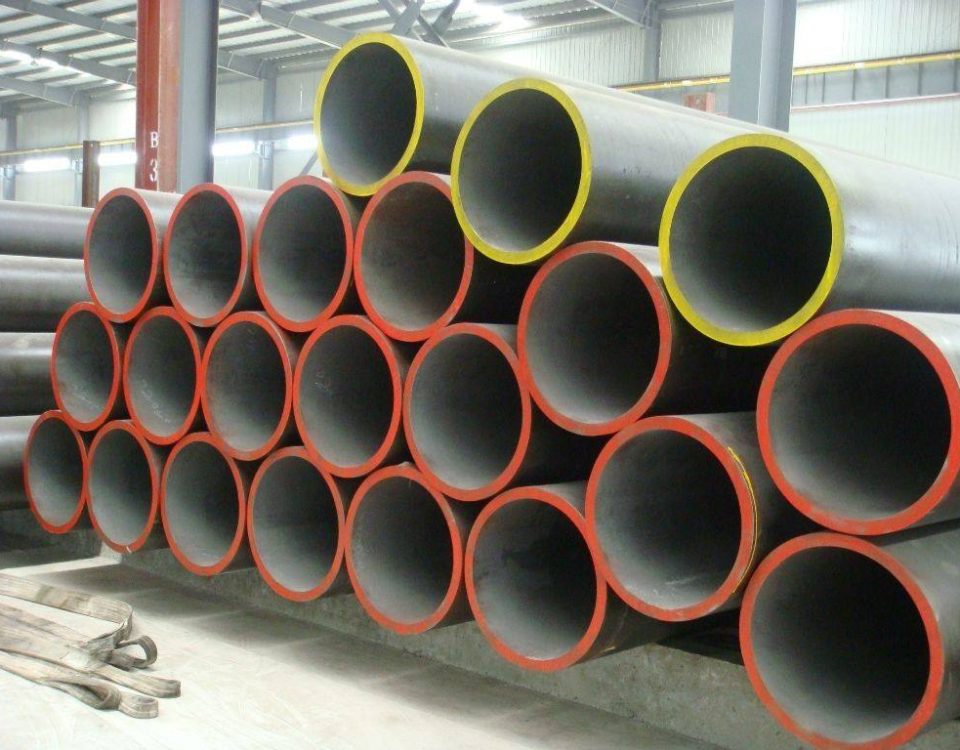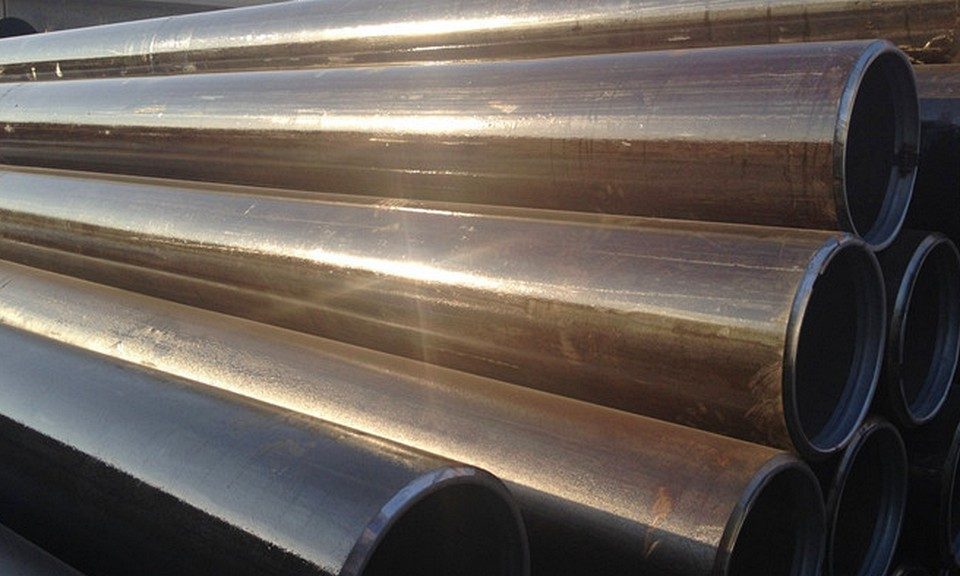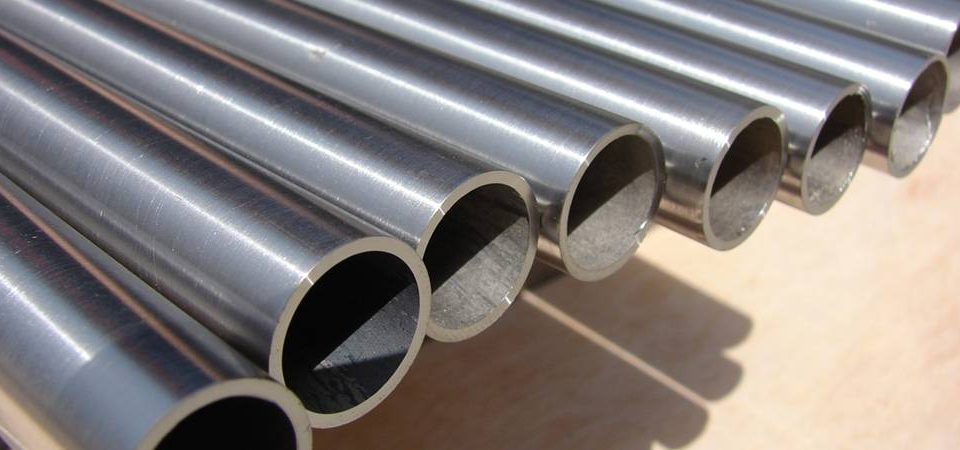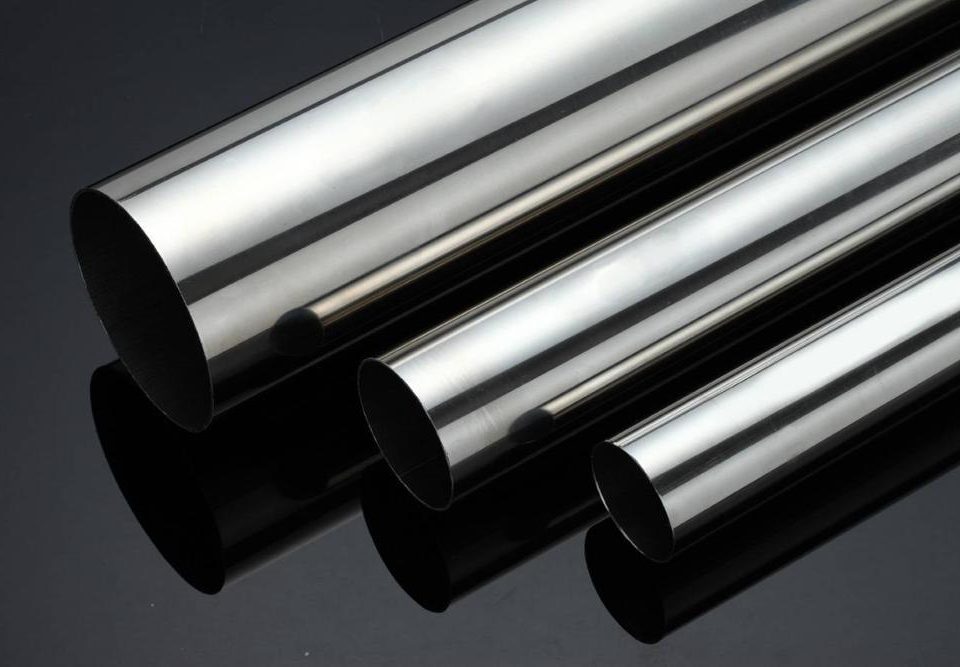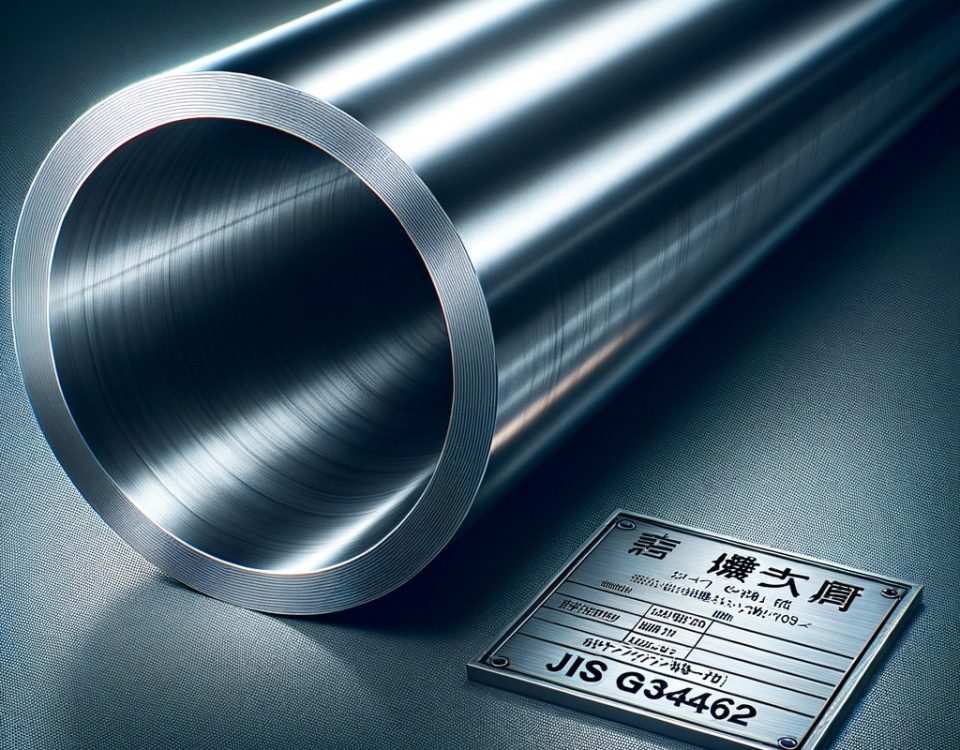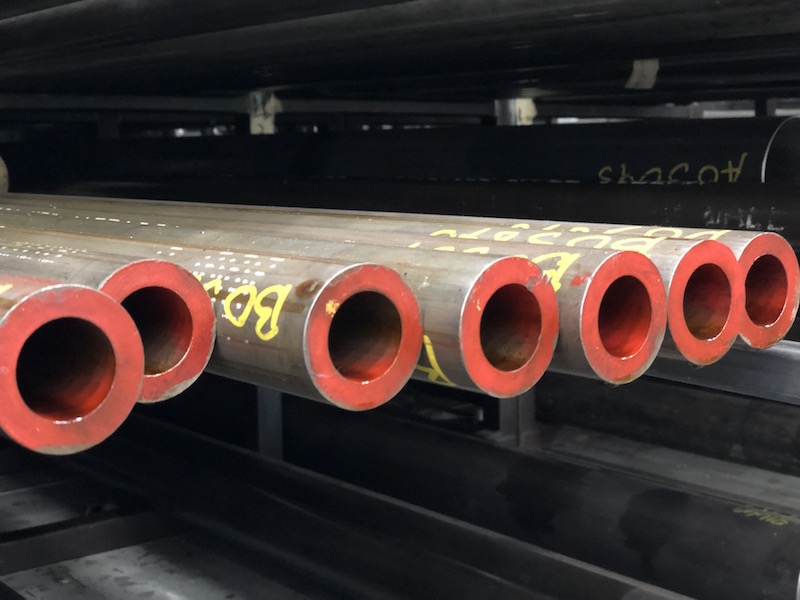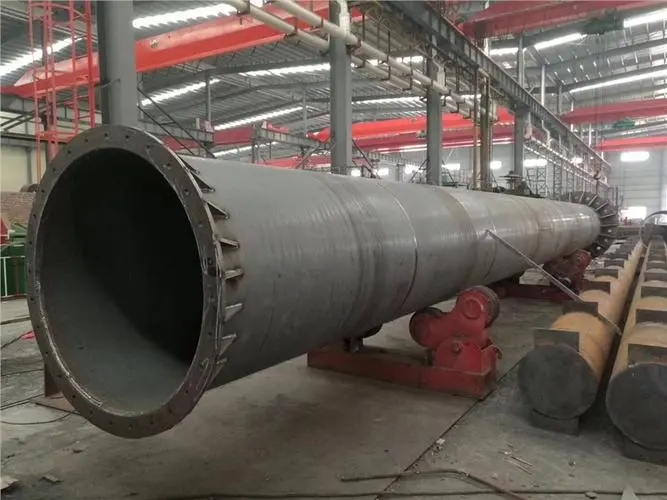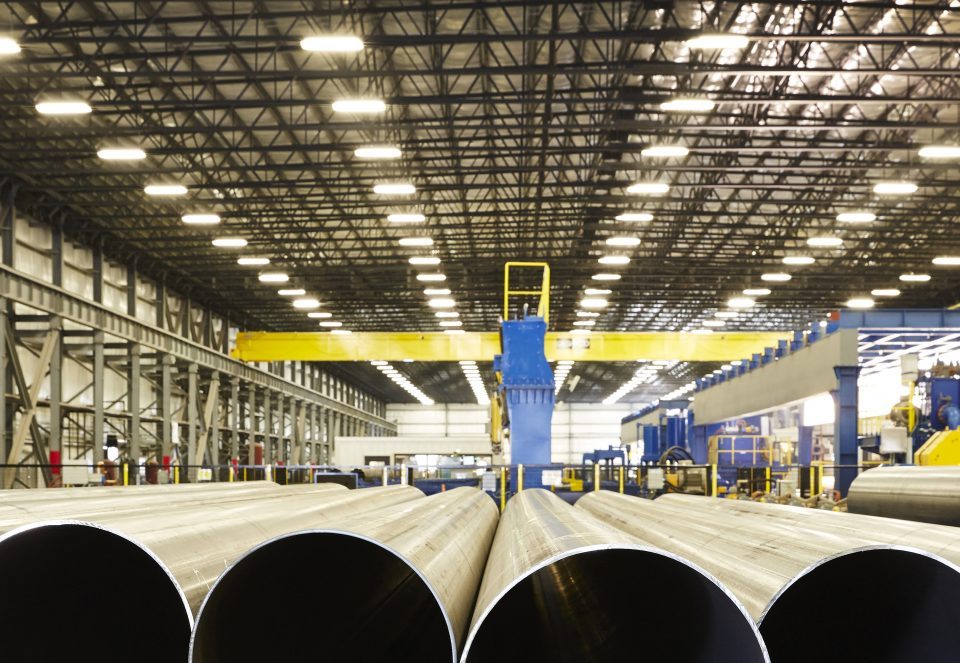Inspection test of tubing and casing
January 4, 2022What is non-destructive testing of steel pipes? What kinds of flaw detection methods are included?
January 17, 2022Petroleum casing is a high-end product produced by steel pipes. There are many varieties of casing, and there are many types and requirements of casing pipe end buttons. The button types that can be processed include STC, LC, BC,and other button types. The production and installation process of oil casing involves a lot of testing, mainly including the following:
1. Ultrasonic testing; when ultrasonic waves are transmitted in the tested material, the acoustic properties of the material and changes in internal organization have a certain impact on the transmission of ultrasonic waves. Through the exploration of the degree and condition of ultrasonic waves, we can understand the performance and structure of the material. change.
2. Radiographic testing: Radiographic testing uses the difference in the amount of radiation transmitted through normal parts and defective parts, which results in the difference in blackness on the negative.
3. Penetration detection; Penetration detection is to use the capillary effect of the liquid to enter the penetrant into the defect of the surface opening of the solid material, and then suck out the entered penetrant through the developer to show the existence of the defect on the surface.
4. Magnetic particle inspection: Magnetic particle inspection is to use magnetic leakage at the defect to absorb magnetic particles to form magnetic marks to provide defect manifestations. It can detect surface and secondary surface defects, and the nature of defects is easy to identify.
5. Eddy current testing: Eddy current testing mainly uses eddy currents induced by ferromagnetic coils in the workpiece to analyze the internal quality of the workpiece, and can detect the surface and near-surface defects of various conductive materials, and it is usually difficult to control parameters.
6. Magnetic flux leakage detection; MFL detection of oil casings is based on the characteristics of high permeability of ferromagnetic materials, and the magnetic permeability of in-service oil casings is detected by measuring the permeability caused by defects in ferromagnetic materials. quality.
7. Magnetic recall detection: Magnetic recall detection is the connection between the physical nature of the magnetic phenomenon of metals and the dislocation process. It has many advantages such as high efficiency, low cost, and no need for grinding, and has important application prospects in industry.
8. After different heat treatment processes of the oil casing, the metallographic structure on the outer surface of the steel pipe mainly includes the following categories: 1) Tempered sorbite, 2) Tempered sorbite + ferrite, 3) Tempered sorbite Fire sorbite + bainite, 4) tempered sorbite + bainite + ferrite, 5) tempered sorbite + ferrite + bainite, 6) ferrite + tempered wire tenite, 7) bainite + tempered sorbite, 8) ferrite + bainite + tempered sorbite, 9) bainite + ferrite + tempered sorbite, 10) iron Element body + pearlite, 11) pearlite + ferrite.
Among the above eleven types of metallographic structures: 1) to 5) indicate that the steel pipe has undergone a sufficient modulation heat treatment process, and the comprehensive mechanical properties are excellent; 6) to 9) indicate that the heat treatment process of the steel pipe is insufficient or inappropriate; 10) to 11) types of structures indicate that the steel pipe has not been subjected to modulation heat treatment. Using deep learning technology to grind the outer surface of the oil casing and intelligently analyze the metallographic structure, it can achieve the purpose of economical, efficient, objective and accurate heat treatment organization inspection. The metallographic structure image is a special microscopic image based on metallography and metallography. The spatial morphology and structure shape are very complex and contain a lot of professional information, which brings great benefits to the processing and intelligent identification of metallographic images. difficulties and problems. The intelligent analysis of the heat treatment state of the oil casing requires a combination of technologies such as metal heat treatment, metallographic data classification and management, digital image processing, feature extraction and pattern recognition.
A deep-learning-based method for inspecting heat treatment tissue of oil casing, which specifically includes the following steps:
Step 1, polishing the outer surface of the oil casing to be tested; Step 2, obtaining a photo of the metallographic structure of the polished part of the outer surface of the oil casing to be tested; Step 3, determining a training data set according to the tissue characteristics of different oil casings after heat treatment , and input the training data set into the convolutional neural network model for training; step 4, the trained convolutional neural network model identifies and classifies the metallographic structure photos of the outer surface of the casing to be measured, and the Check the heat treatment condition.
9. Some parts of the oil casing can also be inspected with the naked eye, and all the naked eye inspections should be completed by trained personnel with good vision who can find surface defects. Manufacturers should develop lighting standard documents for visual inspection. The minimum lighting level for inspection of surfaces is 500LX (lux) (50 feet—–candle). With the exception of pipe end inspections, all visual inspections can be performed at any suitable point in the production process, requiring heat treatment of steel pipes and should be performed after all heat treatment. Body and Coupling Stock (Excluding Ends) Visually inspect the entire outer surface of each tube and coupling stock for defects. Pipe ends, the minimum distance for visual inspection of the outer surface of the pipe ends is 450mm (18in). For non-thickened products, the minimum distance for visual inspection of the inner surface of the pipe end is 2.5D or 450mm (18in), whichever is smaller. For thickened products, the minimum distance for visual inspection of the inner surface of the pipe end is the length of the thickened section (including the transition). When the defective cut ends are removed, the inner surface of the newly exposed pipe end shall be re-inspected as required.
10. In order to further test the oil casing coupling, people tested the material properties of the oil casing and the oil casing, and invented a magnetic particle testing equipment that uses the good magnetic permeability of the oil casing and the casing coupling to realize the detection. . According to the size of the oil casing and casing coupling, the casing coupling should use a fixed fluorescent magnetic detector, most of which are fixed due to its large size and weight. When the detector is working, it emits continuously adjustable alternating current, and the circumferential magnetizing current is 0-4000a. It has a control button for the power interruption phase, and the longitudinal current of this potential is generally three times that of the circumferential direction. and power interruption phase control. The piercing method of the oil casing coupling is generally pneumatic piercing with a gas source pressure of 0.4 MPa, and the magnetization methods are circumferential magnetization, longitudinal magnetization and composite magnetization. Therefore, attention should be paid to the ease of operation of PLC control. In addition, the UV intensity at 38 cm from the workpiece surface should not be less than 1000 cm2/μ. His working efficiency is between 20-40/piece, and the sensitivity is clearly shown on the A1-60-100 specimen. The power supply for the oil casing coupling is industrial three-phase four-wire alternating current, 380V, 50 Hz, about 180A.
